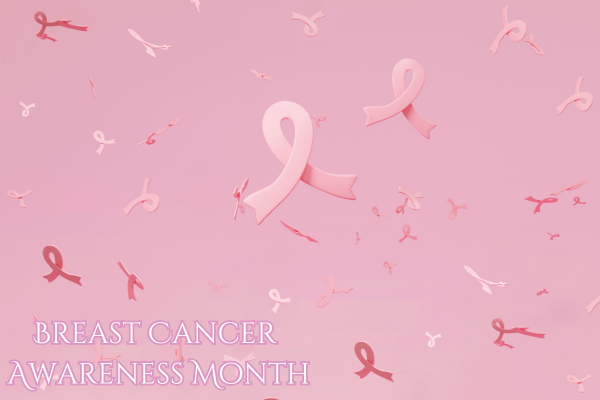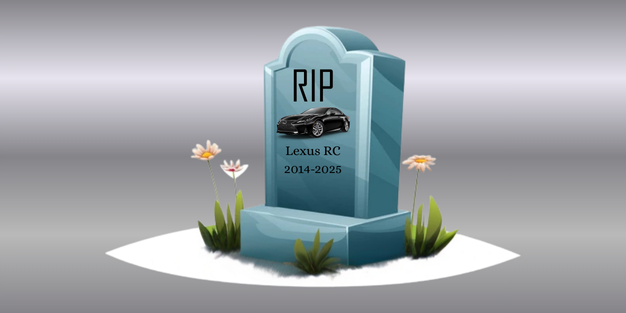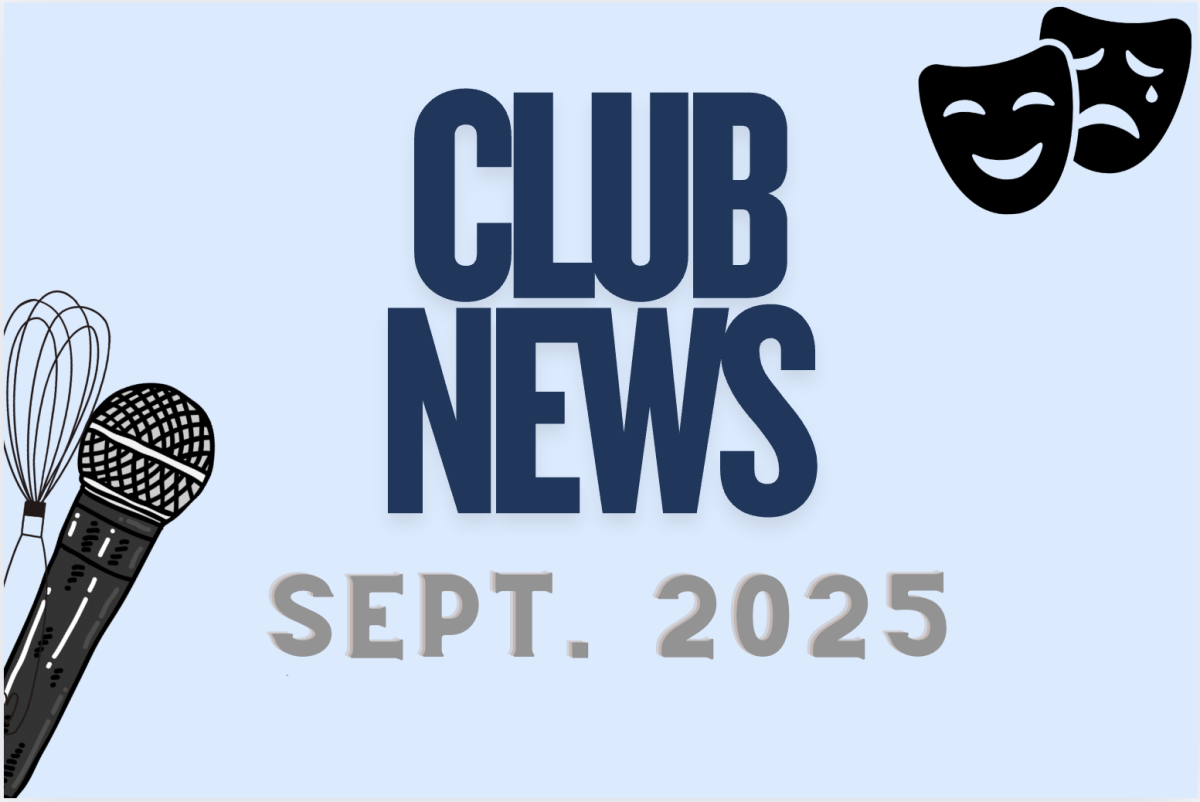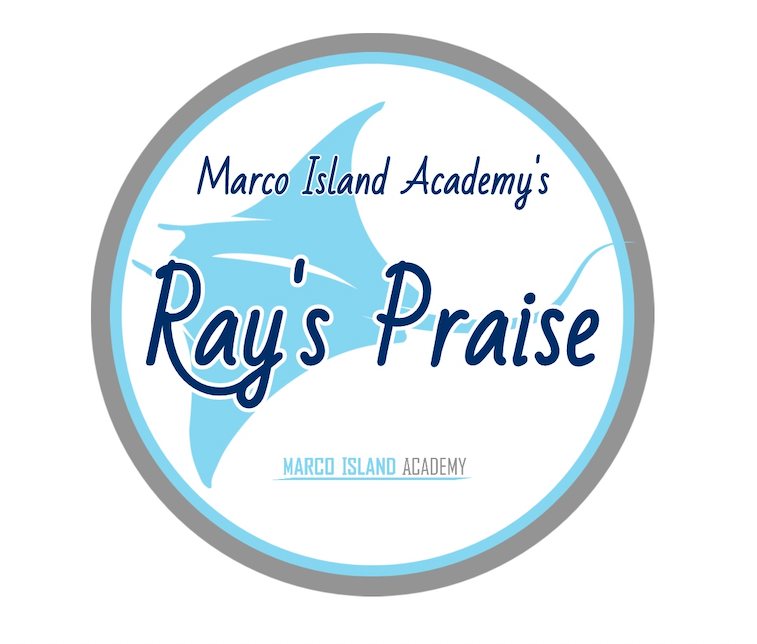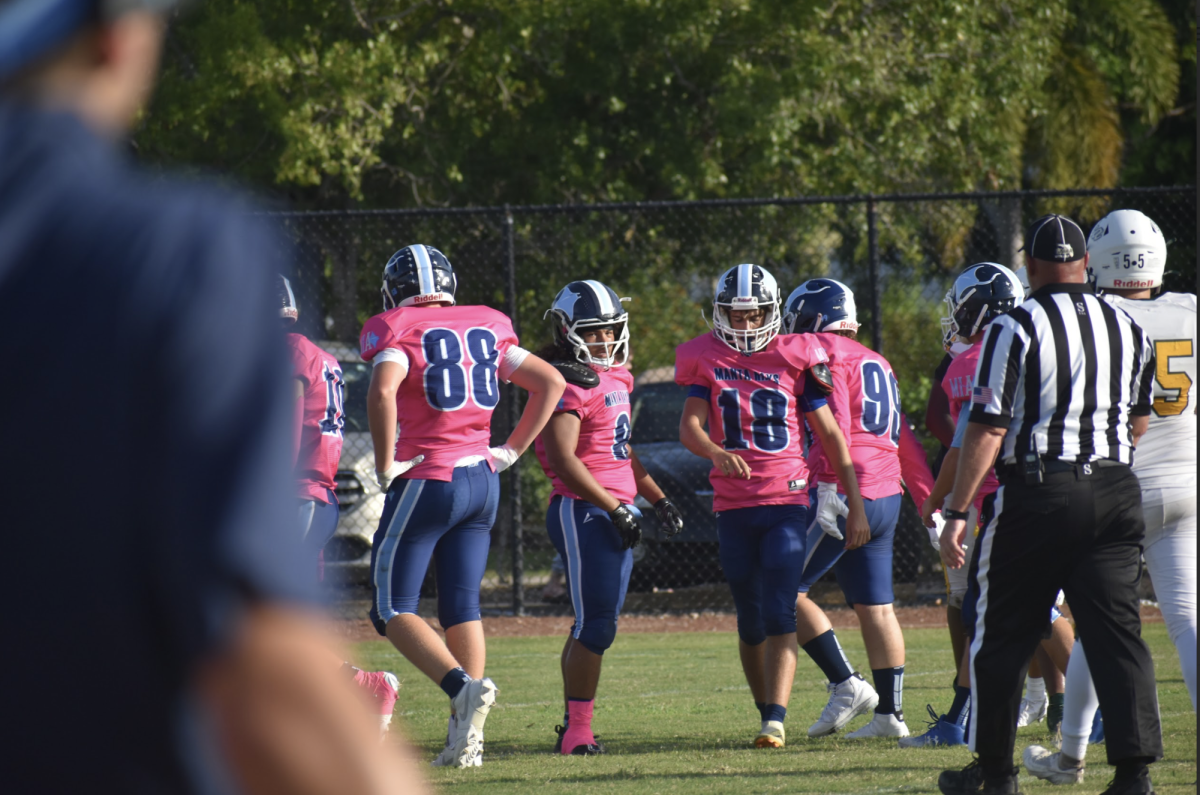Every October, the world honors Breast Cancer Awareness Month (BCAM), which is an important time to raise awareness of breast cancer, fund research, and encourage early detection. In the battle against this disease, which impacts millions of people worldwide, the month serves as a reminder of the significance of activism, education, and prevention.
Historical Background
In an effort to raise awareness and encourage early detection, the American Cancer Society (ACS) and Imperial Chemical Industries (ICI), the company that produces the medication tamoxifen, teamed up in 1985 to create Breast Cancer Awareness Month. The Susan G. Komen Foundation popularized the pink ribbon, which symbolizes hope and support, and became a symbol of breast cancer awareness by 1993.
Breast cancer awareness month is important in ways that go beyond recognition. It promotes self-examinations and aims to educate the public on the value of routine screenings, particularly mammograms. When breast cancer is discovered early, these preventative measures have been proven to significantly reduce mortality rates. BCAM also emphasizes how important it is to fund research in order to improve available treatments and eventually discover a cure for this illness.
The Importance of Awareness and Education
More than 2.3 million cases of breast cancer were reported in 2020 alone, making it the most frequent cancer diagnosed among women globally. The great majority of occurrences of breast cancer occur in women, although men can also get it. This illness has a significant impact on individuals who are diagnosed as well as their friends, family, and communities. The goal of awareness initiatives during BCAM is to eliminate stigmas and promote open discussion about breast cancer, which can be a delicate subject.
Current Events and Initiatives
BCAM has changed in recent years to include a range of activities and projects that include communities in the battle against breast cancer. Fundraising activities like walks, runs, and auctions are organized by charities of all sizes, and the money raised usually goes toward support services and research. One well-known event that draws thousands of participants is the Susan G. Komen Race for the Cure, which raises funds while creating a sense of community.
Additionally, social media has changed the BCAM scene. Social media platforms like Facebook, Instagram, and Twitter serve as excellent places to share personal experiences and raise awareness. While hashtags like #BreastCancerAwarenessMonth promotes discussion and offers resources, campaigns like “Wear Pink” urge people to wear the color as an expression of support.
In addition to community events, educational workshops and webinars are becoming more frequently offered. These sessions include essential information on risk reduction techniques, breast health, and the most recent developments in treatment. These resources are now more widely available due to virtual formats, which allow participation and learning from people with a variety of backgrounds.
Conclusion
Breast Cancer Awareness Month is a crucial reminder of our ability to inform, encourage, and assist individuals affected by breast cancer. It is crucial to keep in mind the value of early identification, the influence of education, and the strength of community involvement when we honor Breast Cancer Awareness Month every October in order to improve the lives of individuals who suffer from this illness. Collectively, we can work toward a world where breast cancer is a treatable illness rather than a major cause of mortality through raising awareness.


